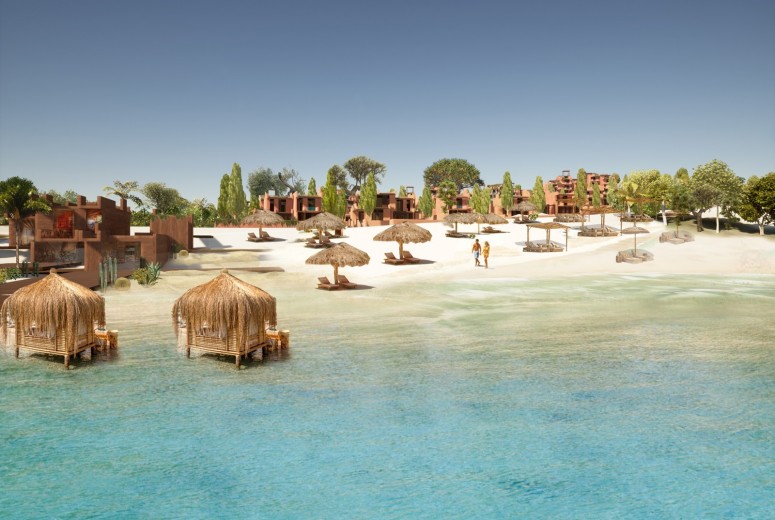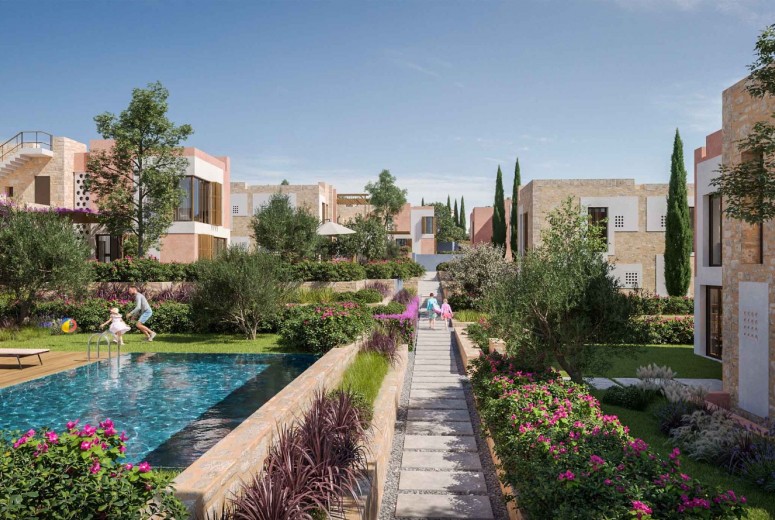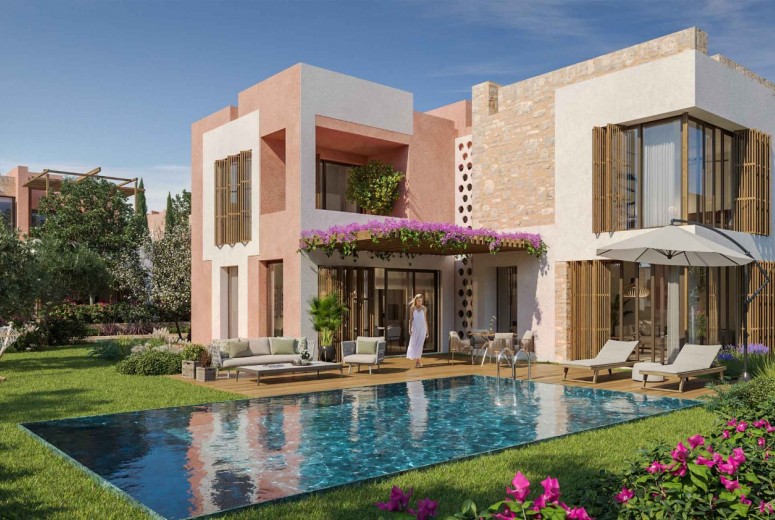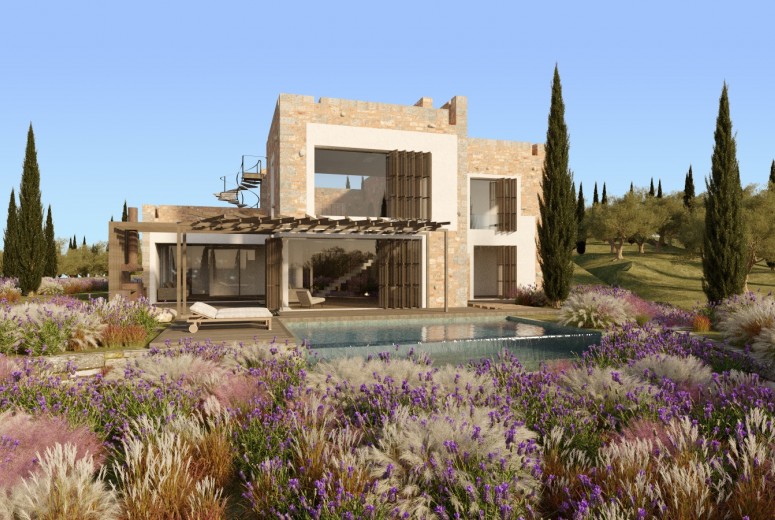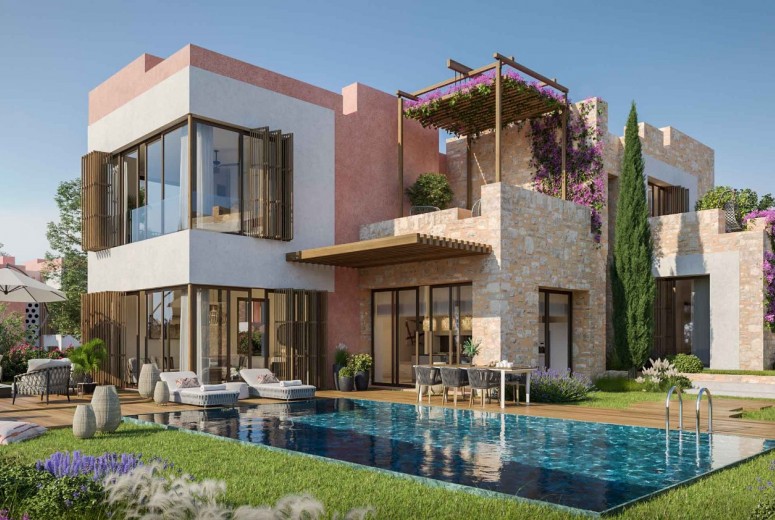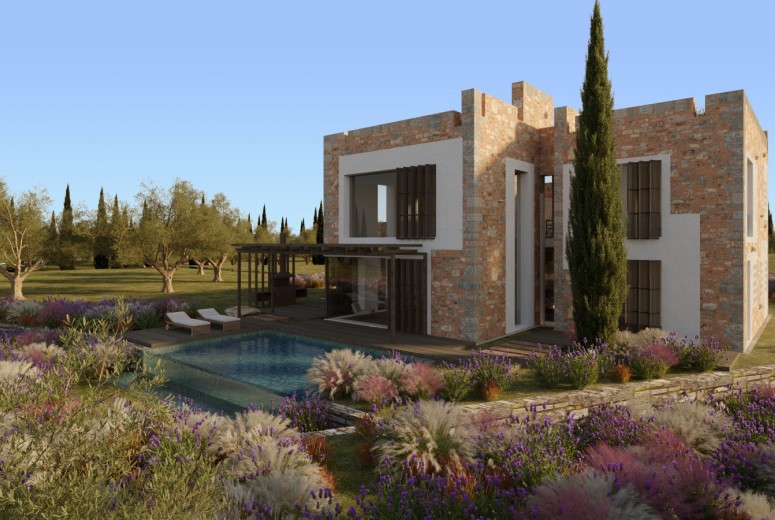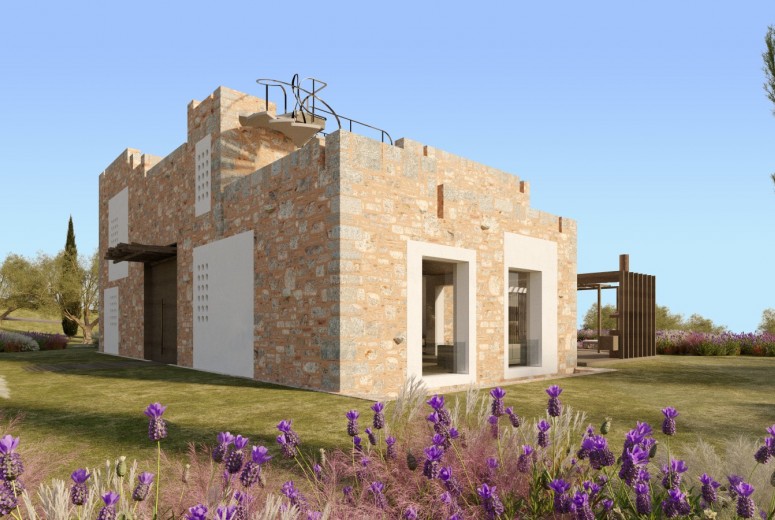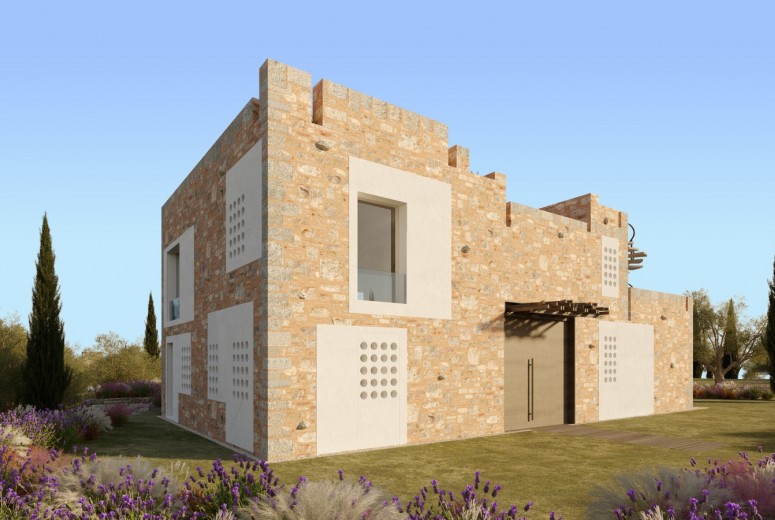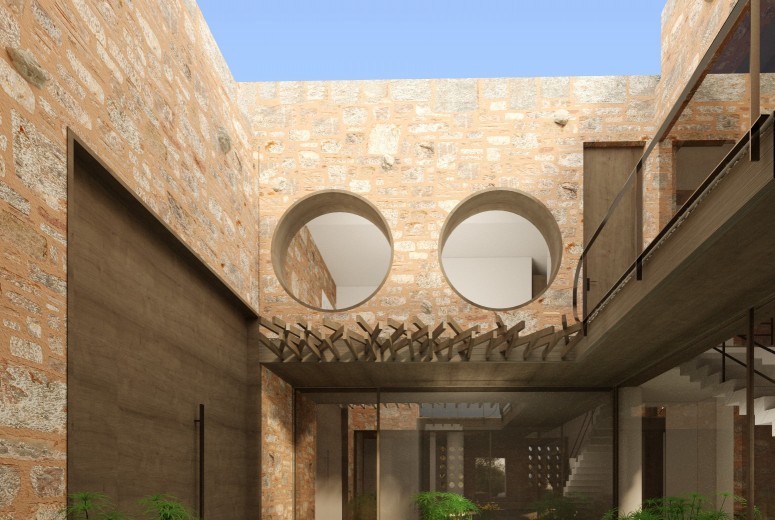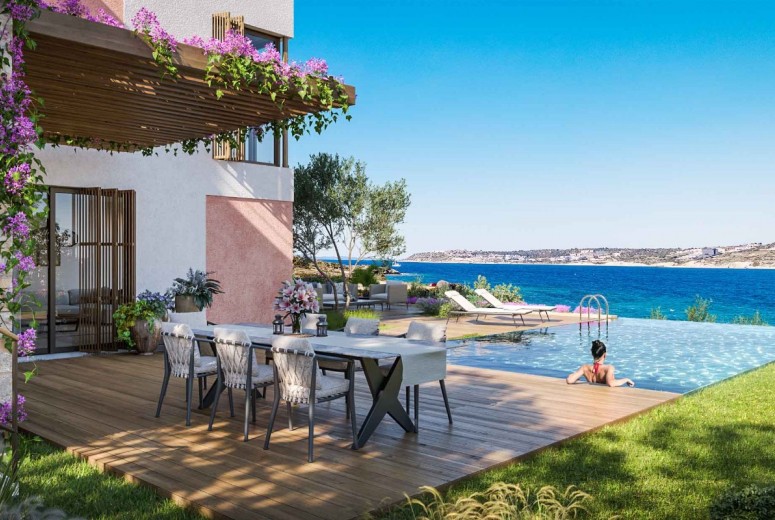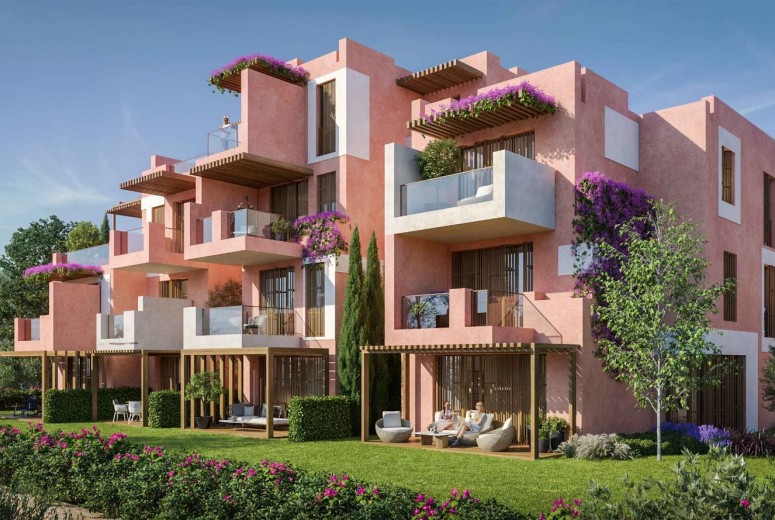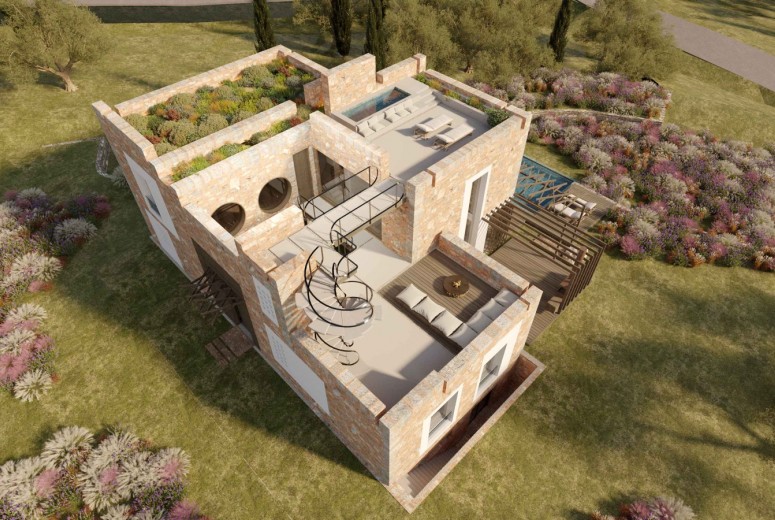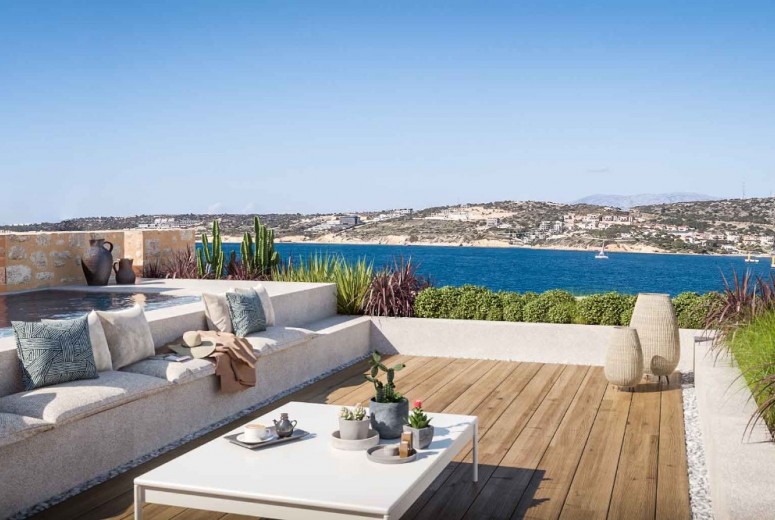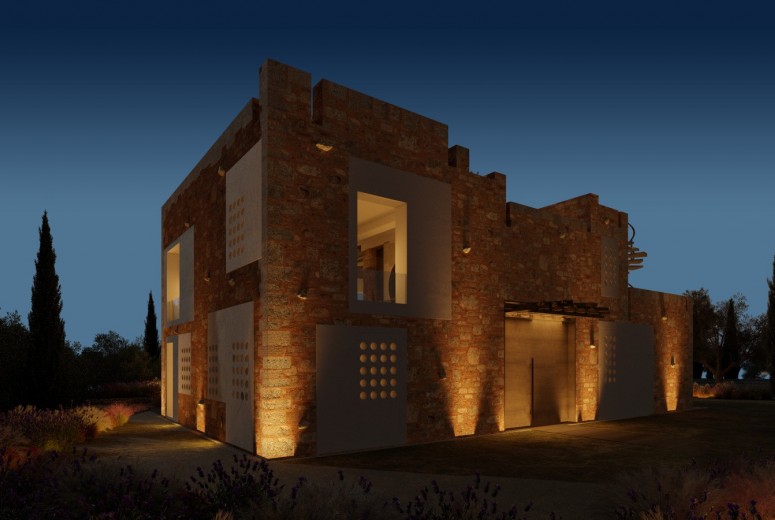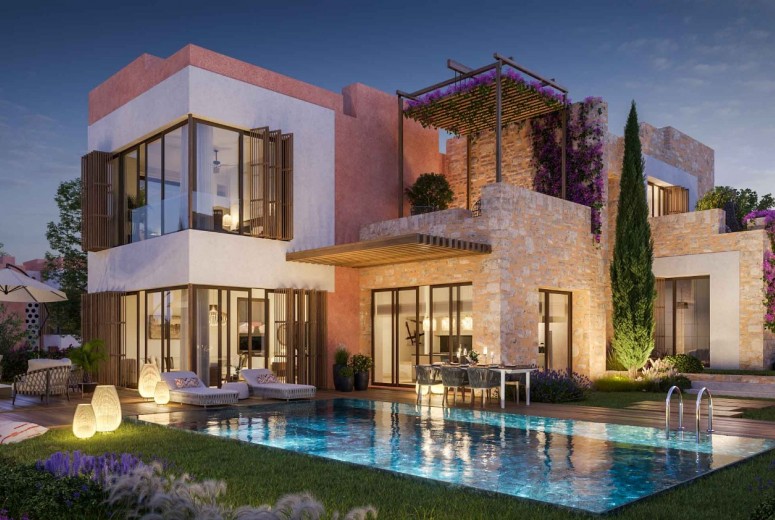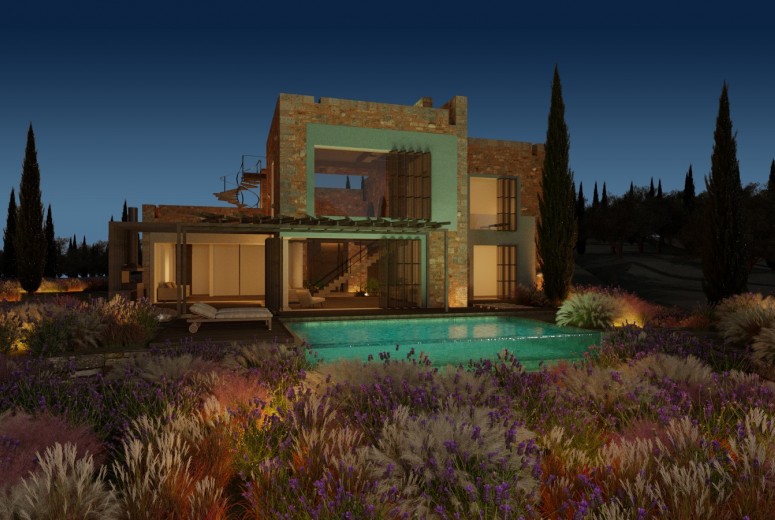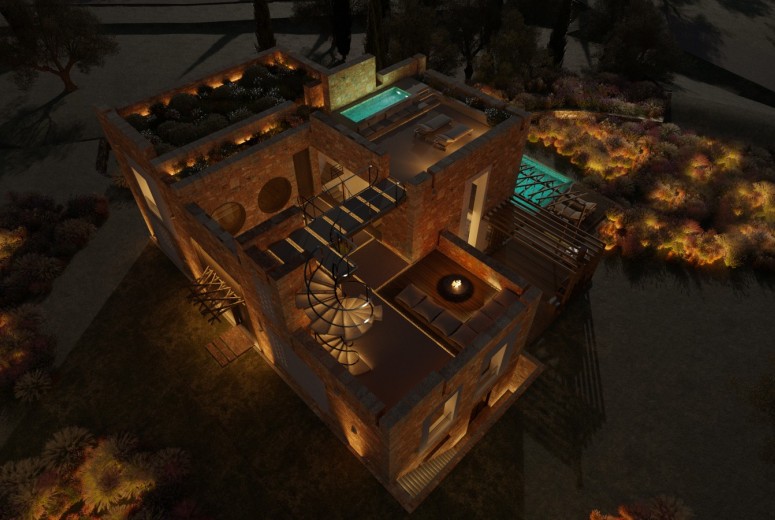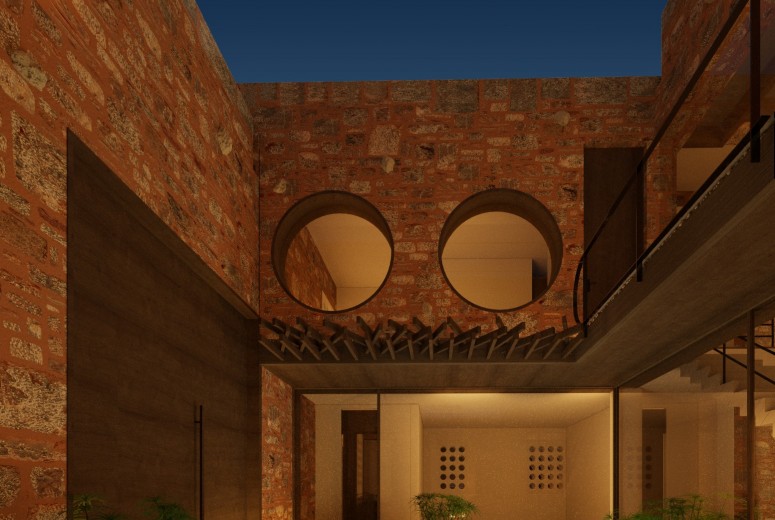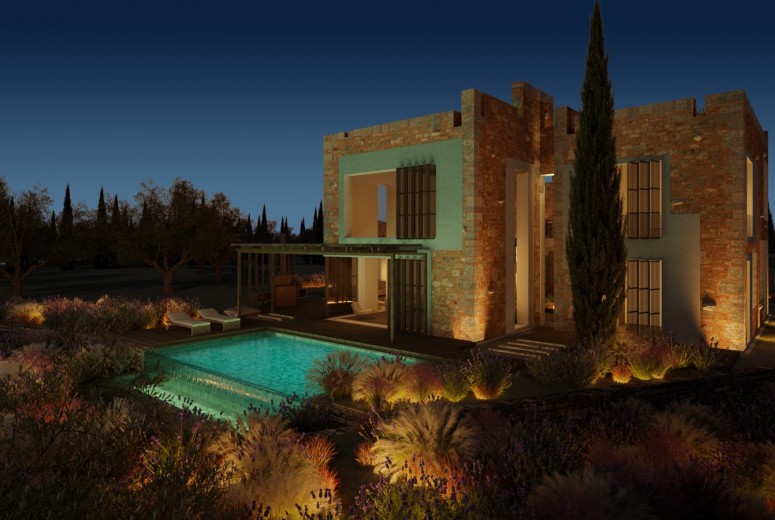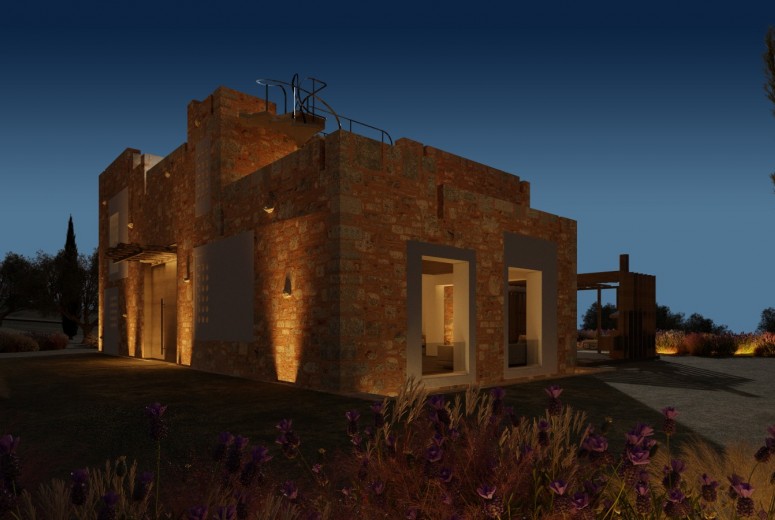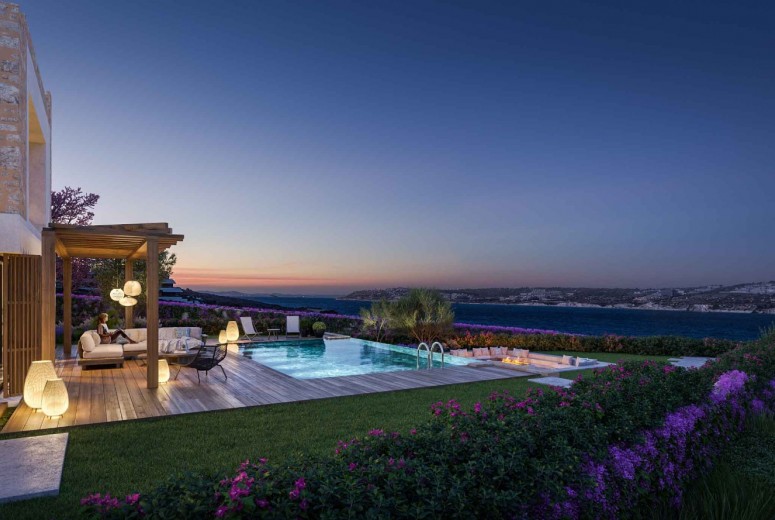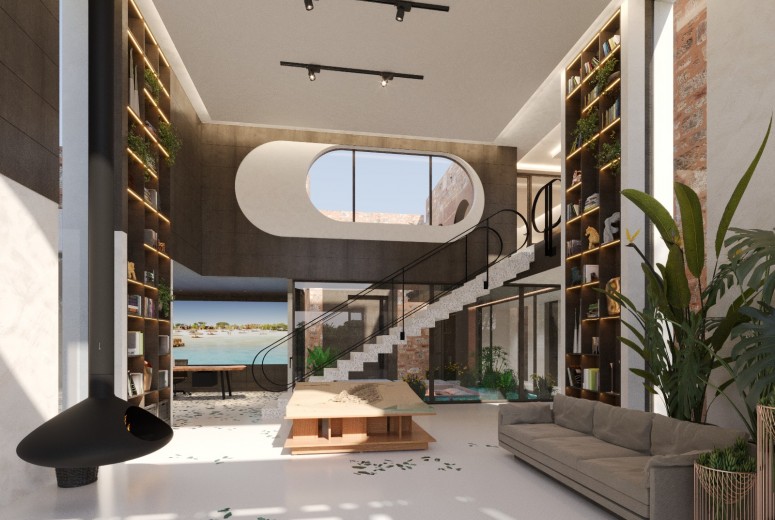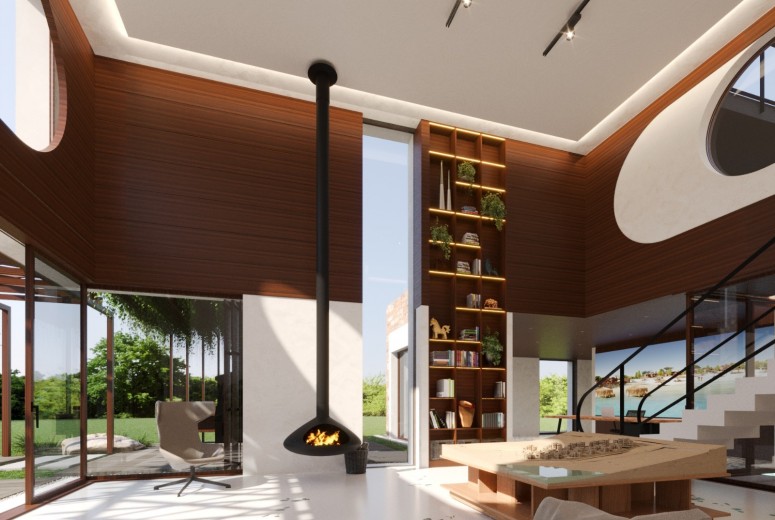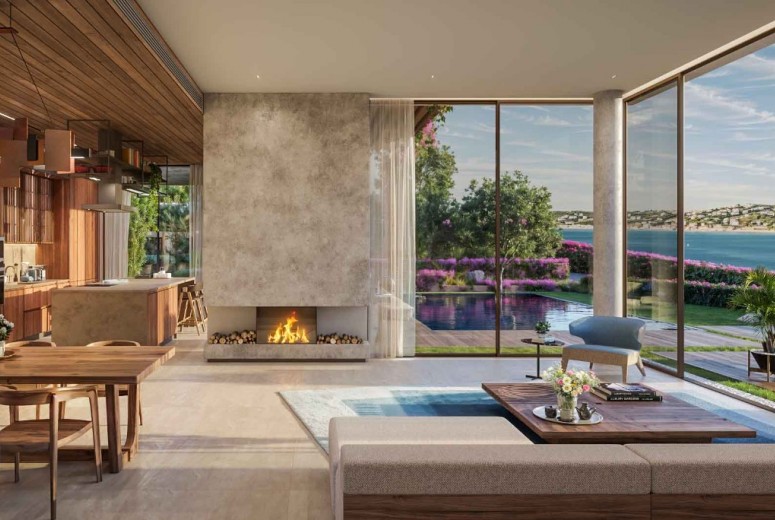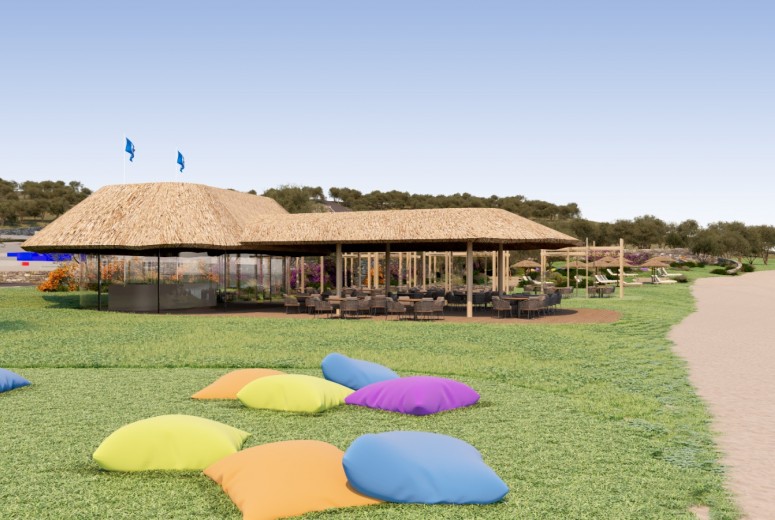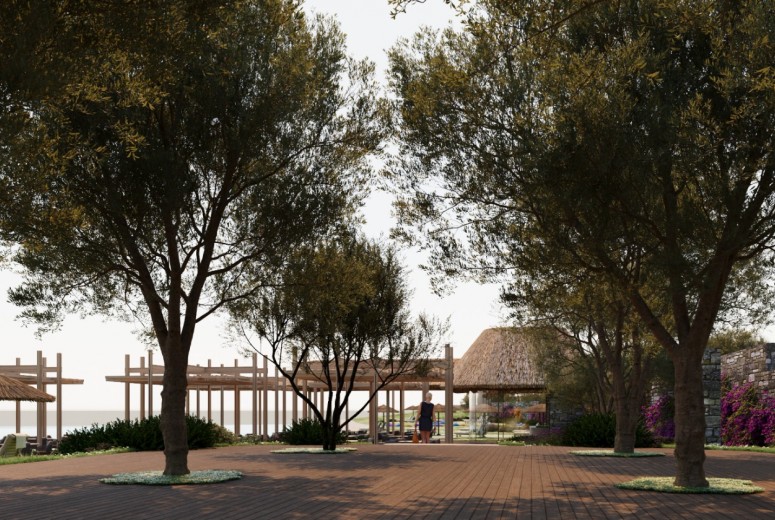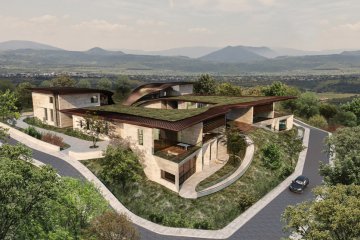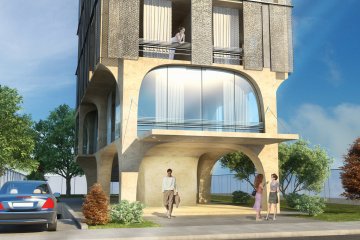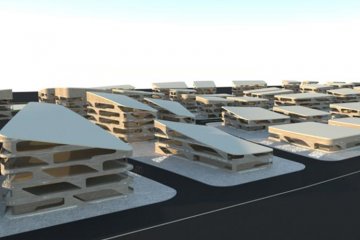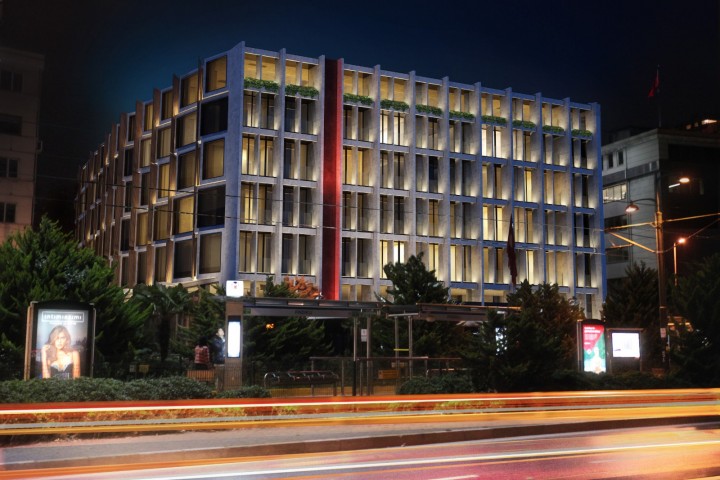Cyssus /
Cyssus
Gökhan Avcıoğlu & GAD
Semih Acar, Oguz Cankan, Ozan Ertug, Mert Ufuk Gulnar, Didem Basibek, Gokhan Gundogan, Emirhan Kar, Omar Alwazani Publishing: Gokhan Karakus, Sinem Altay, Ece Baskan, Mina Barut, Hilal Agaccioglu, Gizem Geylan & GAD
Hospitality, Recent, Experimental
23165 m2
2020
On-going
Historical and Geographical Context:
The city of Çeşme, located on the western coast of Anatolia, was established around the 7th century BC and is one of the twelve Ionian cities known as ERYTHRAI (ERYTHRE) in ancient times. Çeşme, called Cyssus in ancient times, is believed to have derived its name from the fountains in the area. The abundance of spring waters in and around Çeşme, which over time led to the creation of many fountains flowing with ice-cold water, is the rationale for its name.
ERYTHRE had significant economic power in the 7th and 8th centuries BC. The city established commercial relations with the Eastern Mediterranean, especially Cyprus, controlling the trade of slaves and wine. After the Trojan Wars, ERYTHRE was established, becoming wealthy over time and was subsequently under the dominion of the Kingdom of Pergamon and then to the Roman Empire. In the Middle Ages, ERYTHRE and Çeşme region, was part of the Byzantine Empire, later fell into the hands of the Seljuks during the period of Çaka Bey. The historical richness of Çeşme has been highlighted by archaeological excavations in Ildırı, uncovering an ancient theater and the ruins of the Temple of Athena.
The historical past of Çeşme, starting from ancient times, includes being under the dominion of Lydia, Persia, Rome, and Byzantium. During the Ottoman period, Çeşme was an important trade and naval base and continues to maintain its importance today with customs services and maritime connections.
Çeşme, one of the twelve Ionian cities known formerly as ‘Cyssus,’ is situated on the Urla peninsula and has gained significance due to its historical and geographical position. The population of the city of Çeşme, which displays a mixed composition, has led to a unique architecture due to different groups living together over periods and the significant role of Çeşme Port in the city's settlement and construction. The concentration of groups from different ethnic backgrounds and their coexistence has led to the formation of neighborhoods. This coexistence has facilitated the creation of architectural examples with religious characteristics, such as churches, mosques, and tombs, as well as social structures like baths and caravanserais. Çeşme is located on a peninsula surrounded by seas in the west of Turkey, 80 km from İzmir, bordered by Urla District to the east, the Aegean Sea to the south and west, and Karaburun District to the north. Çeşme has a coastline of 133 km and is under the influence of the Mediterranean climate.
Touristically important, Çeşme is noted for its countless bays, clear sea, fine sand, and beaches rich in natural beauty. It has some of Turkey's most renowned beaches, scattered among various coves of the peninsula extending to 29 km. There are about 20 beaches known by names such as Şifne, Küçük Liman, Paşa Limanı, Pırlanta, Çiftlik, Dalyan, etc. The district is also known for its historical spring water fountains that are at the site of numerous beaches. Çeşme is especially under the influence of Western winds during the summer months, creating ideal conditions for windsurfing. The wind conditions in Çeşme are an important feature for visitors interested in water sports, making the region a popular location for windsurfing and sailing.
GAD aims to bridge the past and future, adopting the construction principles of ancient cities while moving away from the metamorphosed and corrupted methods of the 20th century, developing a modular unit and holistic-focused approach. This approach presents a viable model in new construction projects by combining the old with the new. GAD's principles can guide architectural and structural changes in construction in the region, preserving Çeşme's unique identity according to its historical atmosphere. The construction process of Cyssus is based on considering the characteristic features of building masses from different cultures, obtaining building units, and using them in designing the building masses. It focuses on the aesthetic, functional, and ergonomic integrity of all building groups on the site, setting aside the individual existence of each building. Villages, towns, cities, and the streets and roads that connect them create a satisfying accidental unity in composition as long as they remain walkable and accessible, meeting needs. This reflects the collective consciousness, based on the needs and lifestyles of the people living in the region. The negative experiences inherited from the 20th century tell us the opposite. Architects began to move away from old methods that allowed building unity through accumulation due to misplaced confidence from emerging skills due to changing consumption standards and increasing population. The new building regulations, which embraced approaches based on the pressure of fast construction pressure, continue to persist in these failures, leading to the emergence of endlessly replicating building clusters.
Cyssus:
The project offers the pleasure of living on the Aegean that can be experienced in every season, located in the center of this distinct lifestyle, adorned with greenery, consisting of 10 two-story villas and 13 apartment blocks of 2-3-4 stories. The Cyssus project by GAD utilizes regional building materials and natural landscape elements based on the climatic features of the Aegean region. Situated in a prominent location, the project offers the convenience of independent apartment units on each floor due to construction compliant placement of 2-3-4 story blocks that won't obstruct each other's views, also catering to different lifestyles with apartments of various sizes. The homogeneously spread blocks on the parcel are surrounded by landscaping without creating a massive massing effect, using materials like wood, natural stone extensively for different facade typologies and components, while adhering to aesthetic and regional values, and featuring a breathable structure with flora suitable for the Aegean and Çeşme's built environment. The massing of the apartment block's and their terraces, courtyards, pools, positioned at studied angles, enhance the interaction with outdoor life, embracing the unique natural context of the Aegean and Çeşme. The masses are positioned to pass over without damaging the natural structure of the land, enveloped with green on the fronts, backs, and roofs.
Each apartment has extensive garden or terrace areas. The aim is to create a sense of garden life on every floor to not be detached from the earth. The apartments to the back of the project are divided and assembled in a way to create a cumulative mass effect. All units on the ground floor have gardens, while the middle floors have balconies. The upper floors feature terraces, spreading over wide areas, creating extensive terrace spaces on the sides of each apartment. The majority of the project space includes a garden or terrace, aiming to create a spacious environment.
Vehicles use parking spaces along the ring road surrounding the plot, limiting vehicle entrances to the inner areas. Only service needs, emergency situations, and access are provided through buggy paths. The apartment blocks have underground parking. The social facility area is located in the middle, featuring indoor and outdoor pools. Water plays an important role in the project; in a region historically rich in water sources, a thermal water source is also present, which is used as a fundamental element in the project's design. The social facility has two pools, one indoor and one outdoor, with the indoor pool fed by natural thermal water, transforming the social facility into a spa. The water concept continues alongside the walking paths between buildings, making its presence felt throughout the project. This design allows users to be immersed in nature and enhances social interaction.
When examining the massing of the existing villas, we can see that each consists of three sections. Randomly, one or two of these sections are faced with stacked stone, while the others are covered with compatible surface plasters. Due to their location by the sea, plasters made with special materials have been employed, which are resistant to salt and wind.
With the opportunities provided by modern technology, significant advancements have been made in insulation. Advanced insulation materials and techniques are used in architectural designs to increase energy efficiency and comfort. This way, potential energy losses due to large windows are minimized, providing a sustainable and innovative living space.
Among the building varieties, there are courtyard villa types. These types are designed based on the courtyard plan scheme specific to the Aegean region, designed to adapt to the windy climate conditions of the region, extending the outdoor usage time. The courtyards also contribute to the richness of space by creating a second facade inside, designed to offer an area usable even in winter. The unique design of the courtyard villas features a welcoming lotus pond for visitors from outside and an embedded fire pit. Each terrace has a different function; the roof terrace includes a cooling pool and seating area. Overall, the architectural design and arrangement of the villas consider the use of natural materials, connection to the landscape, and functionality of indoor and outdoor spaces.
The restaurant section located in the project's park area aims to offer quality accommodation experience to homeowners and external guests within the same communal living space. The architectural design of the beachfront restaurant is carefully planned in terms of both aesthetics and functionality, following a process where various architectural elements are meticulously organized. The architectural design of the restaurant employs elements like large glass panels and open terraces to facilitate a fluid transition between indoor and outdoor spaces, thereby enriching the atmosphere with a rich landscape feel and natural light.
The walking paths descending to the beach covered with natural sands and the wooden deck located on the beach are among the focal points of the project, strengthening the human-water relationship, one of the project's main goals. The location at Sağlık Beach has a unique feature. The unique physical texture of the area, along with the scent of historical traces, is blended with archaeological and natural elements. Especially the presence of thermal water discovered through research within the area is considered a fundamental element in forming the architectural and site plan design, playing a decisive role in shaping the conceived architecture and residential.
